NASA Just Released Absolutely Amazing Eclipse Photos Taken From Space

<br>Image of the Moon transiting across the Sun, taken by SDO in 171 angstrom extreme ultraviolet light</br>
b20b88d56moon1-jpg.jpeg
Image of the Moon transiting across the Sun, taken by SDO in 171 angstrom extreme ultraviolet light
NASA
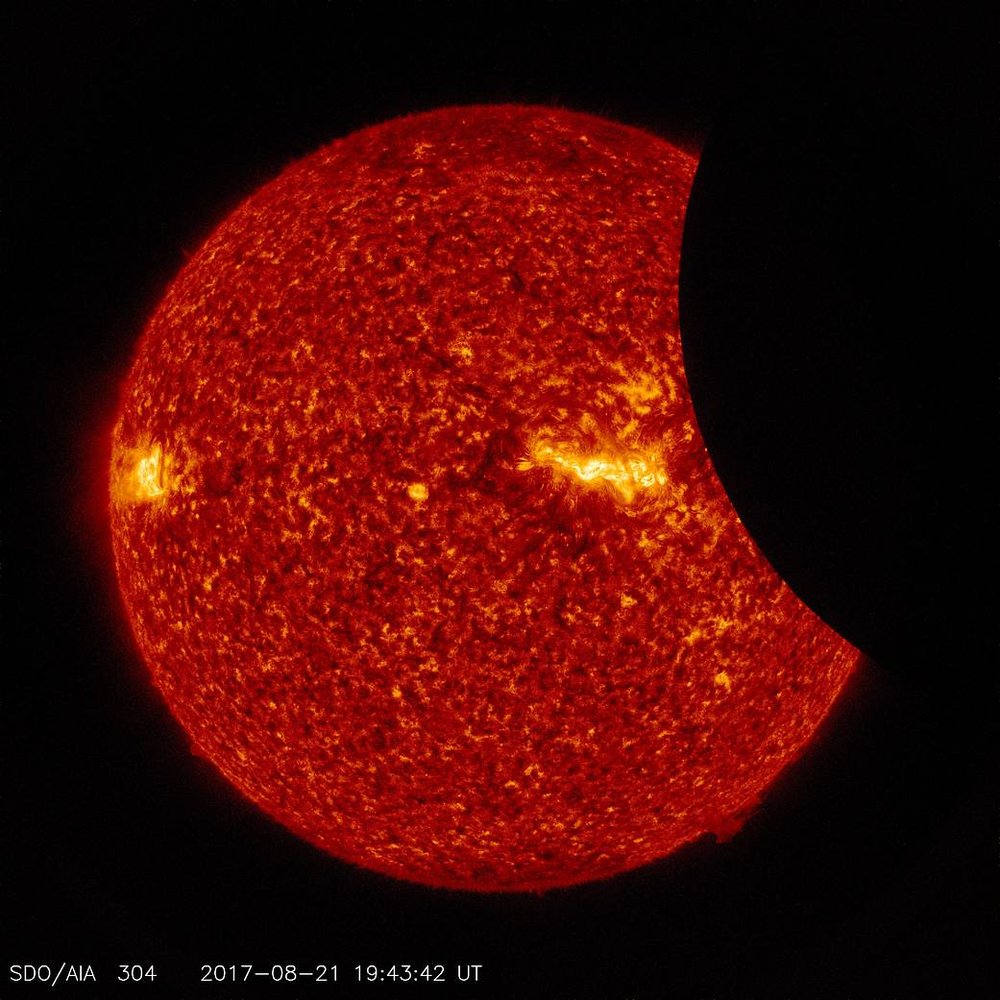
<br>Image of the Moon transiting across the Sun, taken by SDO in 304 angstrom extreme ultraviolet light</br>
6ea20315b082217moon2-jpg.jpeg
Image of the Moon transiting across the Sun, taken by SDO in 304 angstrom extreme ultraviolet light
NASA
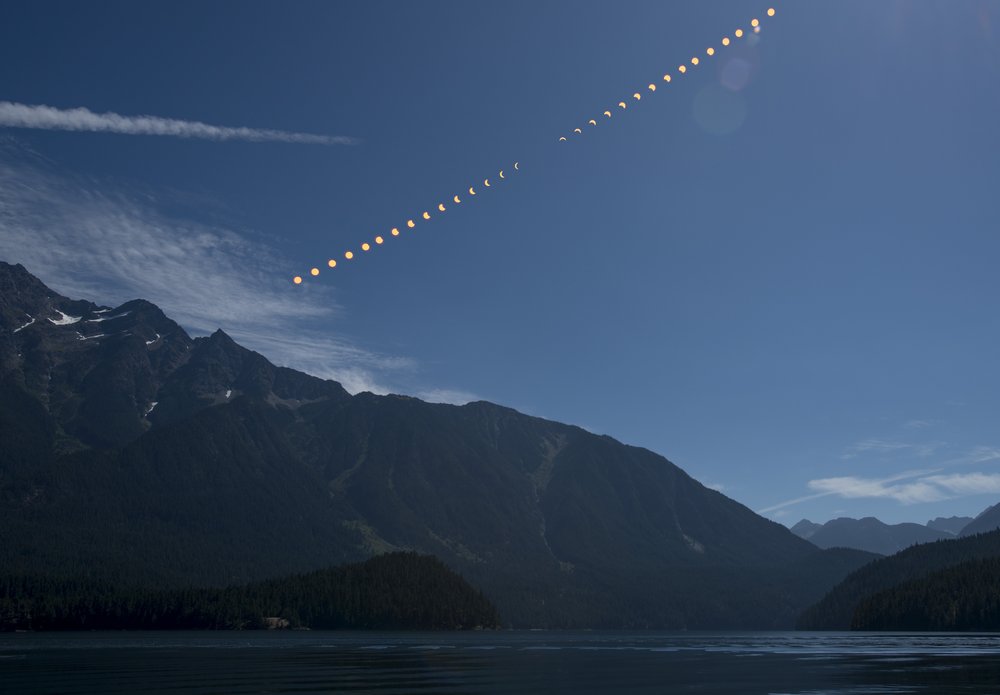
<br>This composite image shows the progression of a partial solar eclipse over Ross Lake, in Northern Cascades National Park, Washington</br>
9285ebfd1082217moon3-jpg.jpeg
This composite image shows the progression of a partial solar eclipse over Ross Lake, in Northern Cascades National Park, Washington
NASA

<br>The Sun’s corona, only visible during the total eclipse, is shown as a crown of white flares from the surface during a total solar eclipse on Monday, August 21, 2017 from onboard a NASA Gulfstream III aircraft flying 25,000 feet above the Oregon coast. The red spots are called Bailey's beads.</br>
4658e9be7082217moon4-jpg.jpeg
The Sun’s corona, only visible during the total eclipse, is shown as a crown of white flares from the surface during a total solar eclipse on Monday, August 21, 2017 from onboard a NASA Gulfstream III aircraft flying 25,000 feet above the Oregon coast. The red spots are called Bailey's beads.
NASA
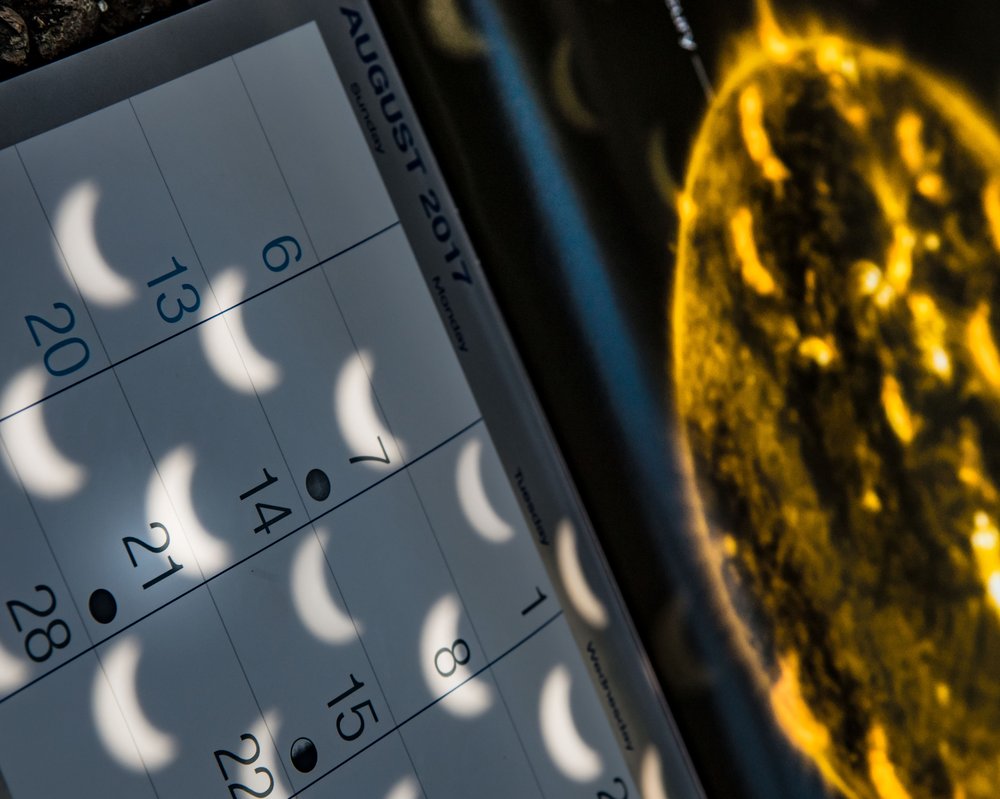
<br>Employees at NASA’s Johnson Space Center in Houston joined the rest of the country in experiencing the 2017 eclipse on Aug. 21, 2017.</br>
9e084ed0a082217moon5-jpg.jpeg
Employees at NASA’s Johnson Space Center in Houston joined the rest of the country in experiencing the 2017 eclipse on Aug. 21, 2017.
NASA
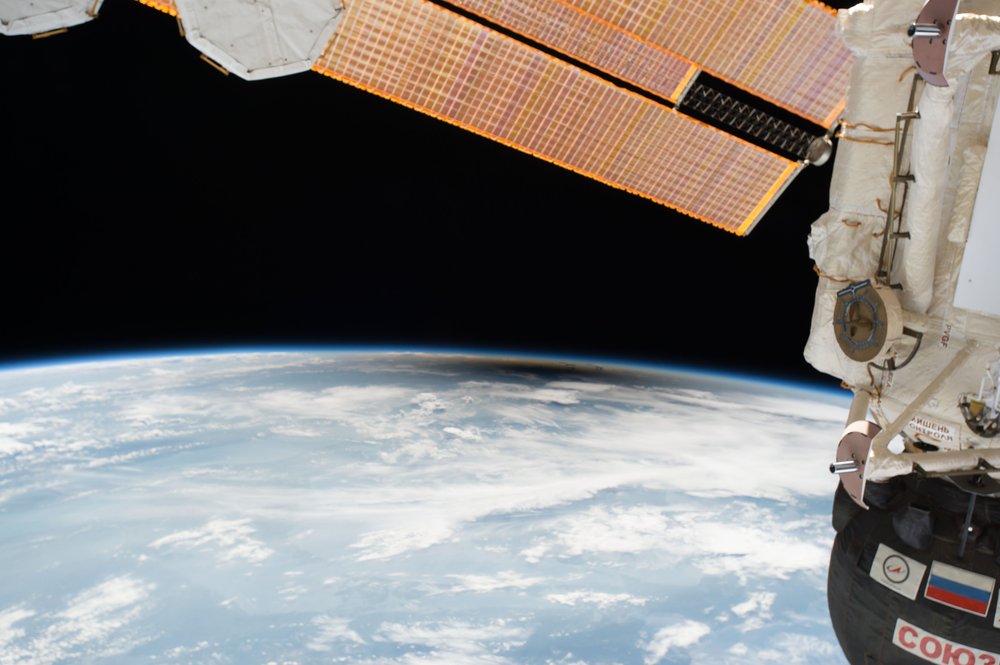
<br>As millions of people across the United States experienced a total eclipse as the umbra, or moon’s shadow passed over them, only six people witnessed the umbra from space.</br>
0bc80892f082217moon6-jpg.jpeg
As millions of people across the United States experienced a total eclipse as the umbra, or moon’s shadow passed over them, only six people witnessed the umbra from space.
NASA

<br>This composite image, made from seven frames, shows the International Space Station, with a crew of six onboard, as it transits the Sun at roughly five miles per second during a partial solar eclipse, Monday, Aug. 21, 2017 near Banner, Wyoming.</br>
168600e2f082217moon7-jpg.jpeg
This composite image, made from seven frames, shows the International Space Station, with a crew of six onboard, as it transits the Sun at roughly five miles per second during a partial solar eclipse, Monday, Aug. 21, 2017 near Banner, Wyoming.
NASA
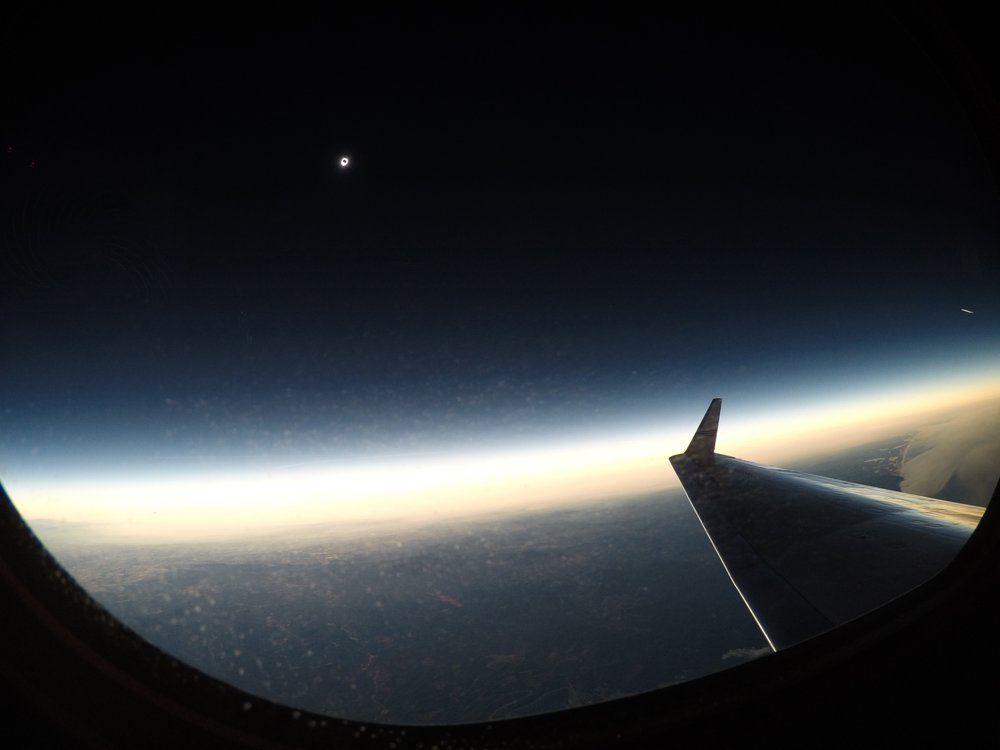
<br>A total solar eclipse is seen on Monday, August 21, 2017 from onboard a NASA Armstrong Flight Research Center’s Gulfstream III 25,000 feet above the Oregon coast. A total solar eclipse swept across a narrow portion of the contiguous United States from Lincoln Beach, Oregon to Charleston, South Carolina.</br>
fd1dc0d06082217moon8-jpg.jpeg
A total solar eclipse is seen on Monday, August 21, 2017 from onboard a NASA Armstrong Flight Research Center’s Gulfstream III 25,000 feet above the Oregon coast. A total solar eclipse swept across a narrow portion of the contiguous United States from Lincoln Beach, Oregon to Charleston, South Carolina.
NASA